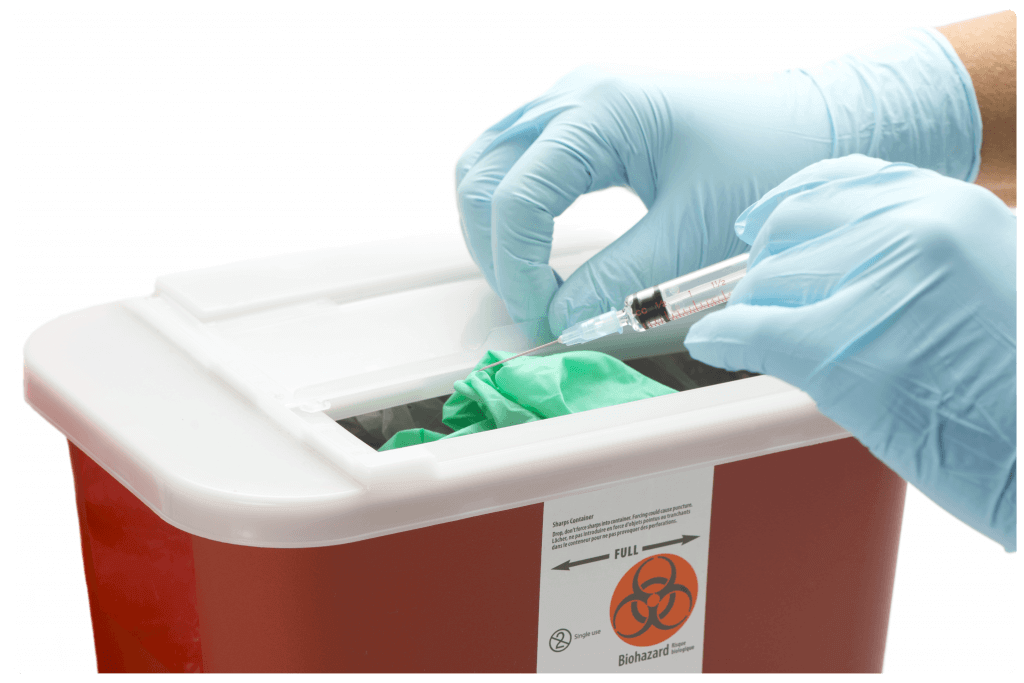BIOHAZARD Waste Disposal
Go Green Solutions provides a comprehensive guide to what you need to know in regards to Biohazard Waste Disposal.
Need More Info?
Check Out Our Additional Resources
So, what is Biohazard Waste Disposal?
According to UCSD, biohazard waste disposal in relation to biomedical, infectious, sharps, clinical medical waste, etc. may be contaminated by blood, body fluids or other potentially infectious materials in which is cause for significant risk of transmitting infection to humans or harming the environment.
To summarize, it is important to follow the guidelines for the below categories of generated waste:
- Animal Carcasses & Animal Waste
- Solid Lab Waste
- Pathological *human anatomical specimens
- Liquid Biohazard Waste
- Sharps
Animals and animal body parts given the animal is infectious or even possibly infectious, genetically modified *mice as an example, are classified as biohazard waste.
To store, the carcass should be placed in a clear and completely transparent bag (no color). Then, it must be placed in the proper container with a red liner. The carcass can be stored in a refrigerator or freezer up to 7 days.
Labeling:
- Biohazard symbol
- IACUC protocol number
- Date
- Species
- PI name
- Facility Address
For more information, please see the full article listed below and for the animal carcass disposal flow chart (courtesy of UCSD) Click Here.
Solid Lab Waste would be described as Plastic pipettes, pipette tips, syringes without needles, petri dishes, culture flasks, paper towels, bench paper, biohazardous animal bedding, and gloves contaminated with infectious, potentially infectious, or genetically modified materials or organisms including invertebrates. (according to UCSD)
Labeling:
- Biohazard symbol on lid and sides
- Facility Address
For more information, please see the full article listed below.
Solid Lab Waste

Pathological Biohazard Waste would be described as non-recognizable – human anatomical specimens, body parts, or organs.
Labeling:
- Biohazard symbol
- Facility Address
For more information, please see the full article listed below.
Pathological
(human anatomical specimens)

Liquid Biohazard Waste would be described as Liquid biohazardous cultures or specimens, including infectious, potentially infectious, or genetically modified organisms.
Labeling:
- Biohazard symbol
Label flask identifying media waste and bleach (9:1) *courtesy of UCSD
For more information, please see the full article listed below.
Liquid Biohazard Waste

Sharps would be described as Hypodermic needles, needles with syringes or tubing, blades, and all glassware if contaminated with infectious, potentially infectious, or genetically modified materials.
Labeling:
- Biohazard symbol
Facility Address
*courtesy of UCSD
For more information, please see the full article listed below.
Sharps

Biohazard Waste Disposal Guideline Poster
Unfortunately, many people do not know how to properly disposal of biohazard waste disposal. Please click the button below and download the pdf poster which will help you stay safe and compliant!
*Courtesy of UCSD


